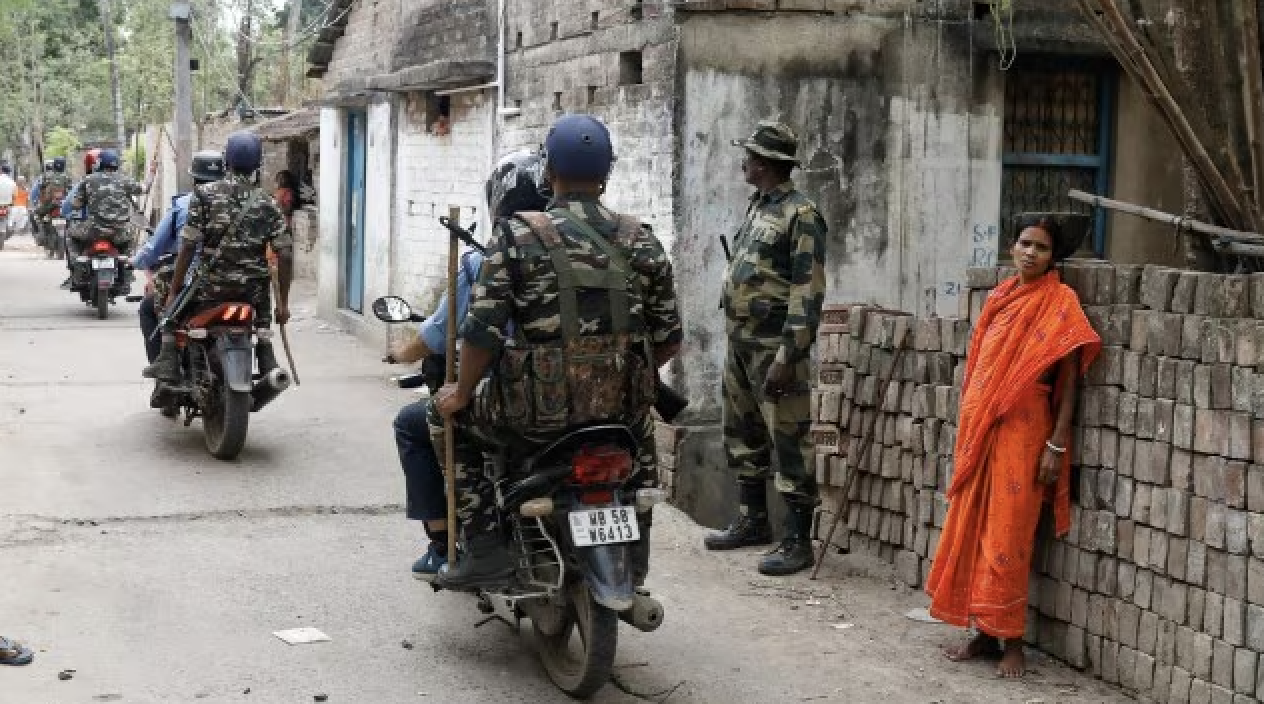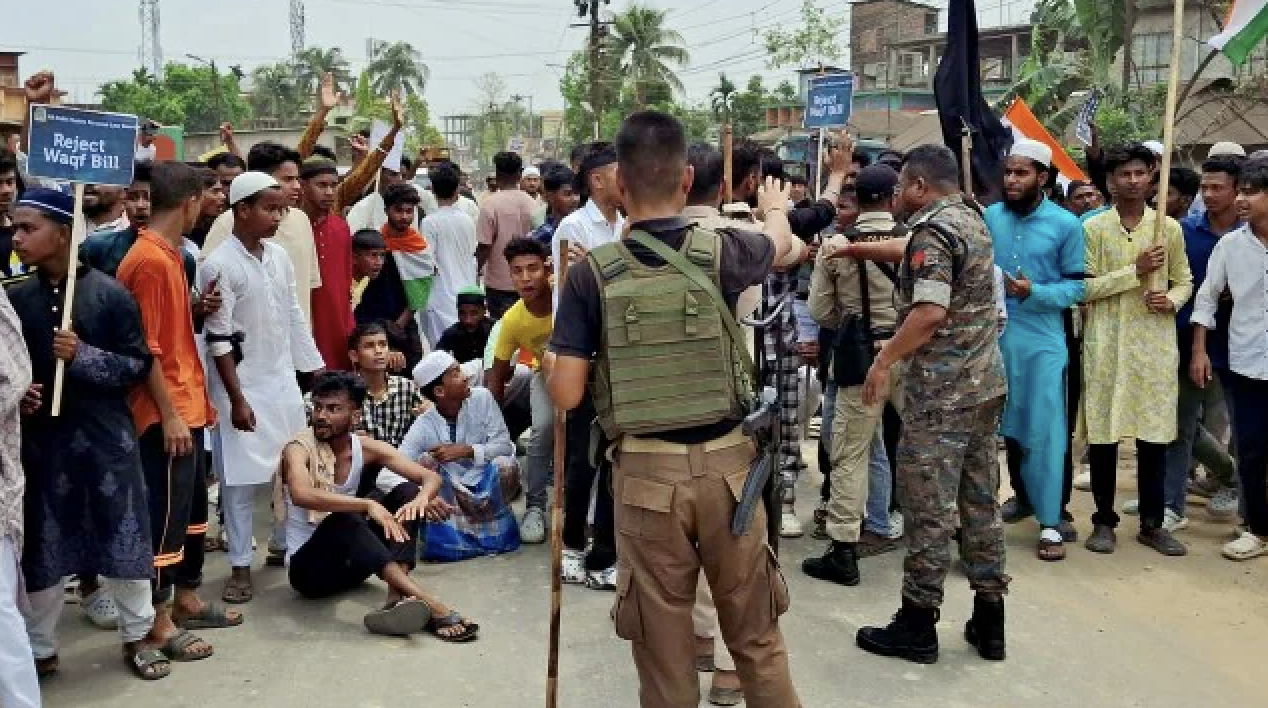In January 2022, a BBC News article reported on a school in the Indian state of Karnataka that barred girls from attending classes if they chose to wear a hijab. Due to this rule, six students have begun protesting and photos of these students standing outside the entrance to their school have gone viral.
It is no secret that Islamophobia is extremely prevalent in India. The ruling government party, the Bharatiya Janata Party (BJP), is headed by Prime Minister Narendra Modi who has constantly divided the nation with his polarizing views. In 2019, Modi enacted the Citizenship Amendment Act (CAA), which ensures that India paves a path for citizenship for undocumented refugees of all minority faiths besides Islam. Coupled with the National Registry of Citizens (NRC), which provides a list of all legal Indian citizens based on certain documents in the state of Assam, 1.9 million people were declared stateless, the majority of whom were Muslim, because they were unable to prove they were legal citizens.
In addition, in 2019, Modi’s government revoked the area of Kashmir’s autonomous status, giving the government more control over the Muslim-majority area. Giving the central government more authority over Kashmir has also led experts to believe that there could be a future demographic shift in India’s only Muslim-majority state.
Prior to the official change in status, the government heightened security presence in the area, placed restrictions on movement and suspended communications for two months showing the government’s blatant disregard for human rights. The United Nations even expressed concern over the internet shutdown at the time.
Through his actions, Modi has proven that he is a dangerous, bigoted leader who is dividing the nation with his polarizing views. The district of Udupi in the state of Karnataka, where the school has banned girls from attending class while wearing a hijab, is known as a stronghold of the BJP; this is not the first instance that Muslims in the area have faced Islamophobia and hate speech simply due to their beliefs. Just one day before the school first began barring women wearing hijabs from attending classes, a group of boys wearing saffron shawls — saffron being seen as a Hindu symbol — went to the school to protest against Muslim women attending the school wearing hijabs.
Yes, this religious divide did not appear just after Modi was elected — clearly, the sentiment has been present for years before. However, Modi has given a voice to those who believe in Hindu supremacy; since he was elected, the BJP has been spreading divisive language and an “us versus them” philosophy. Since he was elected in 2014, mobs made up of Hindu zealots have gone after Muslims suspected of killing cows, hate speech spread like wildfire and Modi’s critics who voiced their concern online were swiftly shutdown.
In a New York Times article, retired historian Adithya Mukherjee was quoted saying, “In plain language, this is what we now call communal fascists.” Mukherjee went on, saying that India’s first prime minister Jawaharlal Nehru once warned that majority Hindu communalism would be to blame if fascism ever came to India.
Modi’s religious divisiveness is not solely limited to perpetuating Islamophobic ideals either; Modi’s actions, such as anti-conversion laws, have also created tensions with Christian communities as well. Attacks against Christian communities in India have also been on the rise, with anti-Christian vigilantes attacking schools, churches and worshippers. In 2021, there were 305 attacks against Christian populations and their places of worship in India, with human rights activists fearing that some attacks may have gone unreported. Reports have also shown that government officials have aided in these attacks against Christian communities and Hindu extremists have justified the attacks, claiming they are protecting Hindus from being converted.
It is clear that polarization and religious hostility is endangering many populations in India. Modi’s blatant disregard for these minority populations is horrifying and immensely harmful. His wealth of extremist supporters is also rather unwavering, working to further creating divides among the population regardless of the consequences.
When Modi ascended to his position as prime minister, he came with promises for the economy and education. Yet rather than completing his promises for the economy and achieving his GDP target, he has instead perpetuated hatred and bigoted views, making decisions serving to harm certain populations. Modi’s government has done nothing but amplified the voices of extremists, creating an extremely harmful environment for non-Hindus, especially Muslims and Christians. Modi’s government touts the belief that Hindus in India are marginalized and targeted for their religion — which is clearly false. The government’s neglect of minority populations and disregard of human rights cannot be overlooked or brushed aside.
This story first appeared on dailycampus.com






